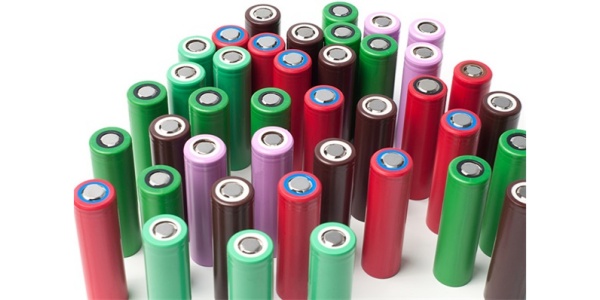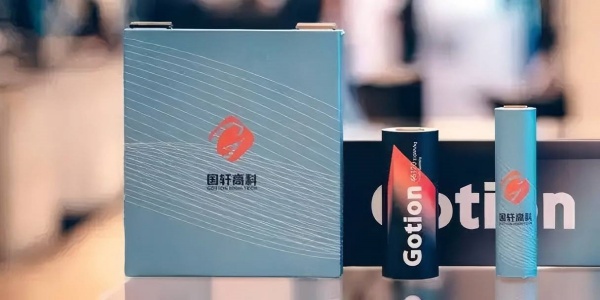What is the Voltage and Power of Tesla's Charging Station?
Tesla's charging post voltage has 380 volts, 220 volts two, 380 volts is fast charging, 220 volts is slow charging.
The output voltage and current can be adjusted by yourself, and the charging power can reach up to one hundred and fifty kilowatts. If it is a Tesla AC pile, it is a slow charging pile, 220V single-phase power can be; if it is a fast-charging pile, it is only possible with 380V three-phase power input.
A charging pile (bolt) can achieve timing, metered electricity, and the amount of charging and can be used as a public power purchase terminal. At the same time, in order to improve the efficiency and practicality of public charging pile (bolt), the function of one pile (bolt) multi-charging and charging for electric bicycles will be added one after another in the future.
The advantages of the industrial serial bus (RS485, RS232, CAN bus) are reliable data transmission and simple design, and the disadvantages are complex network layout, poor scalability, high construction cost, poor flexibility and low communication capacity.
In the third quarter of 2015, Tesla will also provide users with a high-powered home charger option, which uses 380V and has a range of about 100km per hour. The charging cost. In terms of charging costs, 220V charging piles use residential electricity prices, while 380V charging piles need to use industrial electricity prices. Tesla's home charging post 220V power is about 7000 watts. 380V voltage power is about 20 kilowatts. Charging pile is divided into two categories: AC pile and DC pile; general AC pile power is 7KW, using 220V single power; DC pile power has 30, 60, 100, 150, 200KW and other power levels to choose from; the actual charging is based on the battery parameters of the electric car and charging pile matching results, and with the charging state changes. What are the voltage and power of Ezra's charging pile, respectively? You can test it to know.
And then see what others say. Tesla's charging pile voltage has 380 volts, 220 volts two, 380 volts is fast charging, 220 volts is slow charging.
The output voltage and current can be adjusted by yourself
His charging power can reach up to one hundred and fifty kilowatts
Tesla charging AC charging, how to release the maximum power limit?
Tesla uses 480V DC fast charging. So 85kW/480V=177A
What other knowers mentioned is quite the right direction.
"Tesla fast charging requires half of the charge to be filled in 30 minutes. According to the Modle s power calculation, that is one hour needs to charge 85 degrees of electricity, and the electric power should reach 85 kW."
Just Tesla's fast-charging concept is required to break the voltage limit of the AC power supply (single-phase 220V, three-phase 380V). The voltage delivered to the Model S charging port through the water-cooled charging line is DC, and the voltage is raised to 480V. so 85kW/480V = 177A
The corresponding Tesla ordinary home charger uses AC 220V, charging current is 40A, corresponding to charging power 8.8kW. It takes about 10 hours to fill the 85kWh battery pack.
Tesla charging time
1) Ordinary home circuit
U.S. home circuit is generally 120 volts with 12 amps of current. Use the charging cable to connect to a 110V plug, then use the plug to connect to a 110V outlet, and then use the other end of the charging cable to connect to the Model S. The current then passes through the Model S's built-in charger to charge the battery under the car. It takes 46 hours and 17 minutes to be fully charged.
2) Modify the wiring
Tesla recommends modifying the garage circuit to 240V, 40A, and the Model S with the standard single charger will take 8 and 19 minutes to fill. (Built-in dual charger does not apply to this case and will not improve charging efficiency)
3) Efficient charging
Install a high-power wall-mounted charging connector in the garage or outdoors, with a voltage range of 20-250V, 60Hz, and a current adjusted to a range of 40-100A. The Model S with a single charger as standard still takes 8 hours and 19 minutes to be fully charged in this case. The optional built-in dual charger only takes 4 hours and 09 minutes to fill up.
4) Public Charging Stations
The Model S can be charged with the J1772 connector at a public charging station. Some public charging stations are equipped with high amperage charging equipment to facilitate fast charging of the Model S with dual internal chargers.


